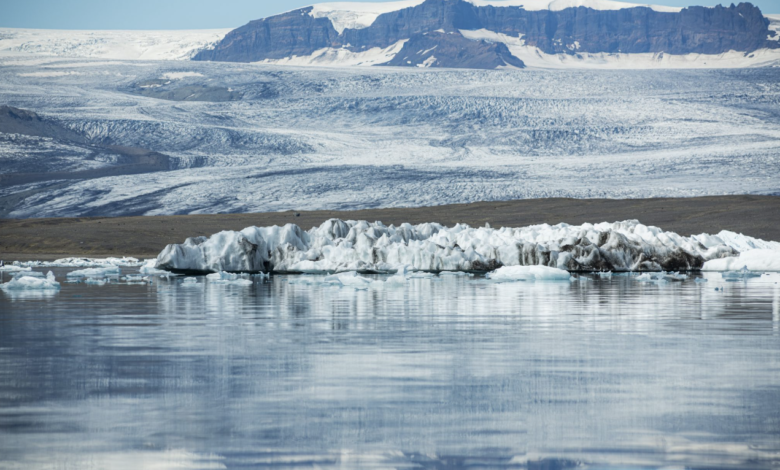Global warming and carbon flows in Arctic and Alpine ecosystems

What will be the future of the Planet?
How will global warming affect Arctic and Alpine ecosystems? And in particular, what action will they take on the release of CO2?
It seems that with global warming, the release of carbon dioxide will be four times greater than previously, but above all it could act retroactively, or it could even strengthen the causes of climate change.
70 scientists study the future of arctic and alpine regions
The new international study Environmental drivers of increased ecosystem respiration in a warming tundra, published in “Nature“, comes to this worrying conclusion.
Thanks to this study, therefore, it will be possible to predict the future of the Arctic and Alpine regions and the increase in respiration rates for the entire global tundra. In addition, more detailed information about spatial variations of this response will be obtained.
The research group, made up of over 70 scientists, collected data from 56 climate manipulation experiments scattered throughout the Arctic and Alpine tundra.
For Italy, four researchers from the University of Parma participated: Alessandro Petraglia and Michele Carbognani, teachers of the Department of Chemical Sciences, Life and Environmental Sustainability, who have been studying the effects of global warming on Alpine plant communities for more than twenty years.
T’ai Gladys Whittingham Forte and Giorgio Chiari are two contractors who obtained their PhD in the laboratory of Geobotany and Plant Ecology.
Simulations of global warming
The survey was conducted by the International Tundra Experiment (ITEX) network, which studies the impact of global warming on tundra ecosystems. ITEX used carbon dioxide emission data collected at 28 tundra sites under similar experimental heating conditions.
To simulate the hottest future scenario are resorted to Open Top Chambers, structures similar to micro-greenhouses that can increase the temperature of a portion of the ecosystem.
Understanding how ecosystem processes will be affected by climate change and how these effects will affect the climate itself is vital to predict the future conditions of our planet. The results of this research provide a solid basis for improving climate models, but we can do more.
In fact, we are conducting further experiments to analyze how ecosystems are transforming over time, also according to the other changes taking place, including the reduction of snow cover and the increasingly frequent droughts that also affect high-altitude ecosystems», explains Alessandro Petraglia.
CO2 emissions increase by 30% on average
The experiments showed an average rise in air and soil temperature of +1.4 K and +0.4 K, and soil humidity decreased by 1.6%. This resulted in an average increase in CO2 emissions of 30% in the growing season. A condition that has lasted for at least 25 years since the beginning of the experiments.
However, the increase in carbon release will not be the same everywhere, because it depends on soil conditions, nitrogen concentrations and pH.
Some areas, scholars have observed, are more sensitive to heating, for example, some areas of Siberia and Canada. By collecting more local soil data, the response of ecosystems to global warming can be better understood and more accurate predictions made.





